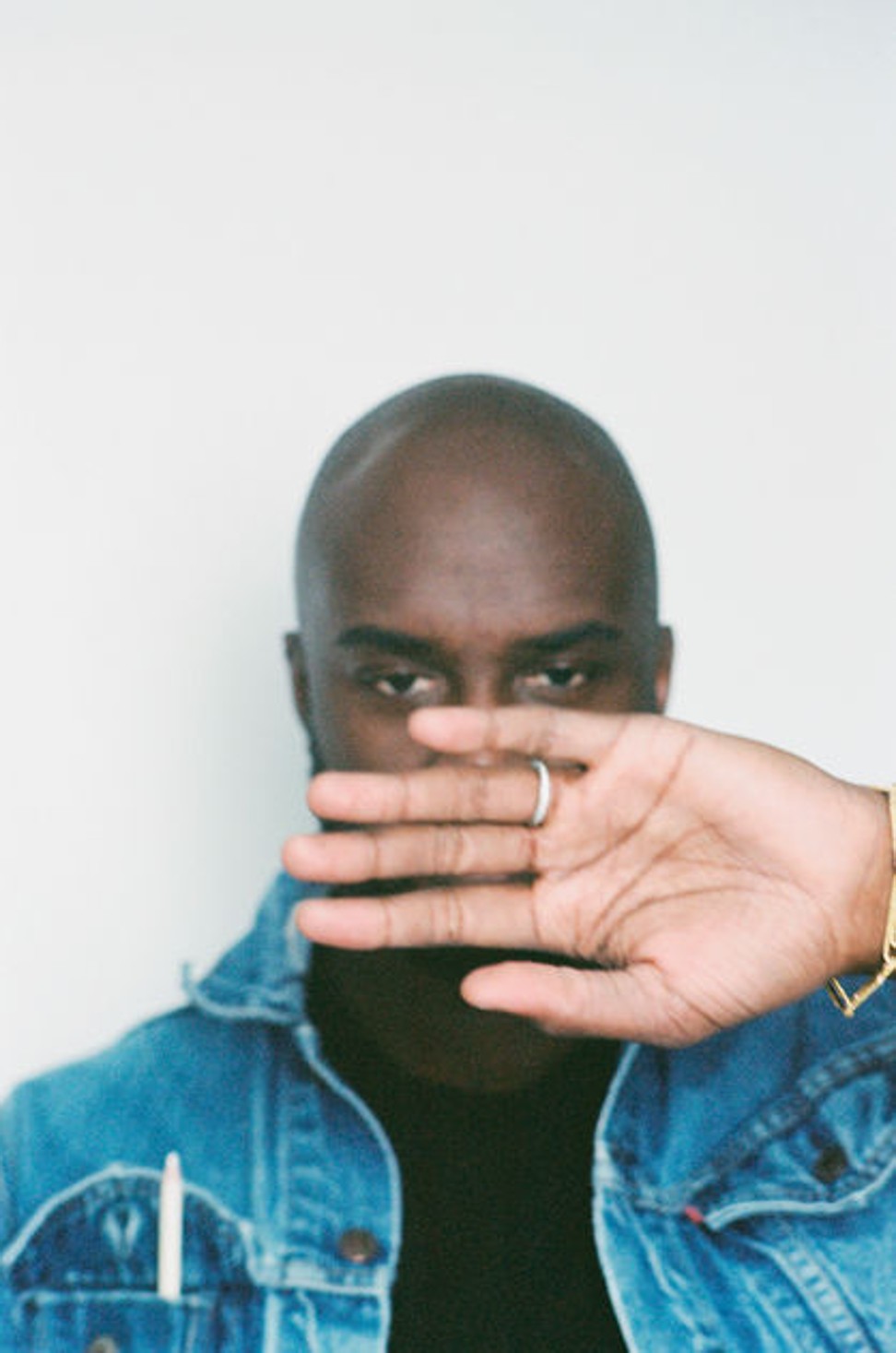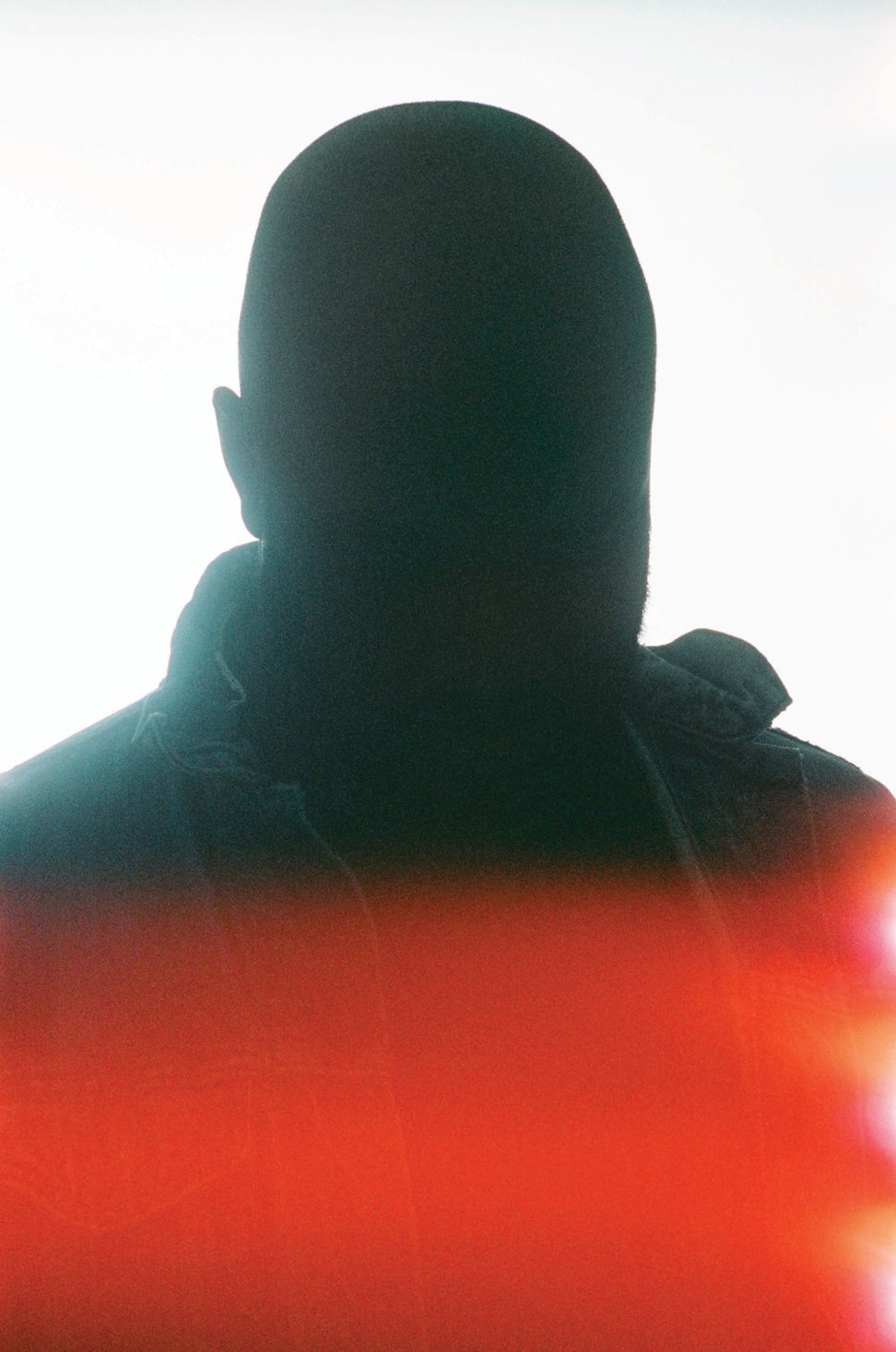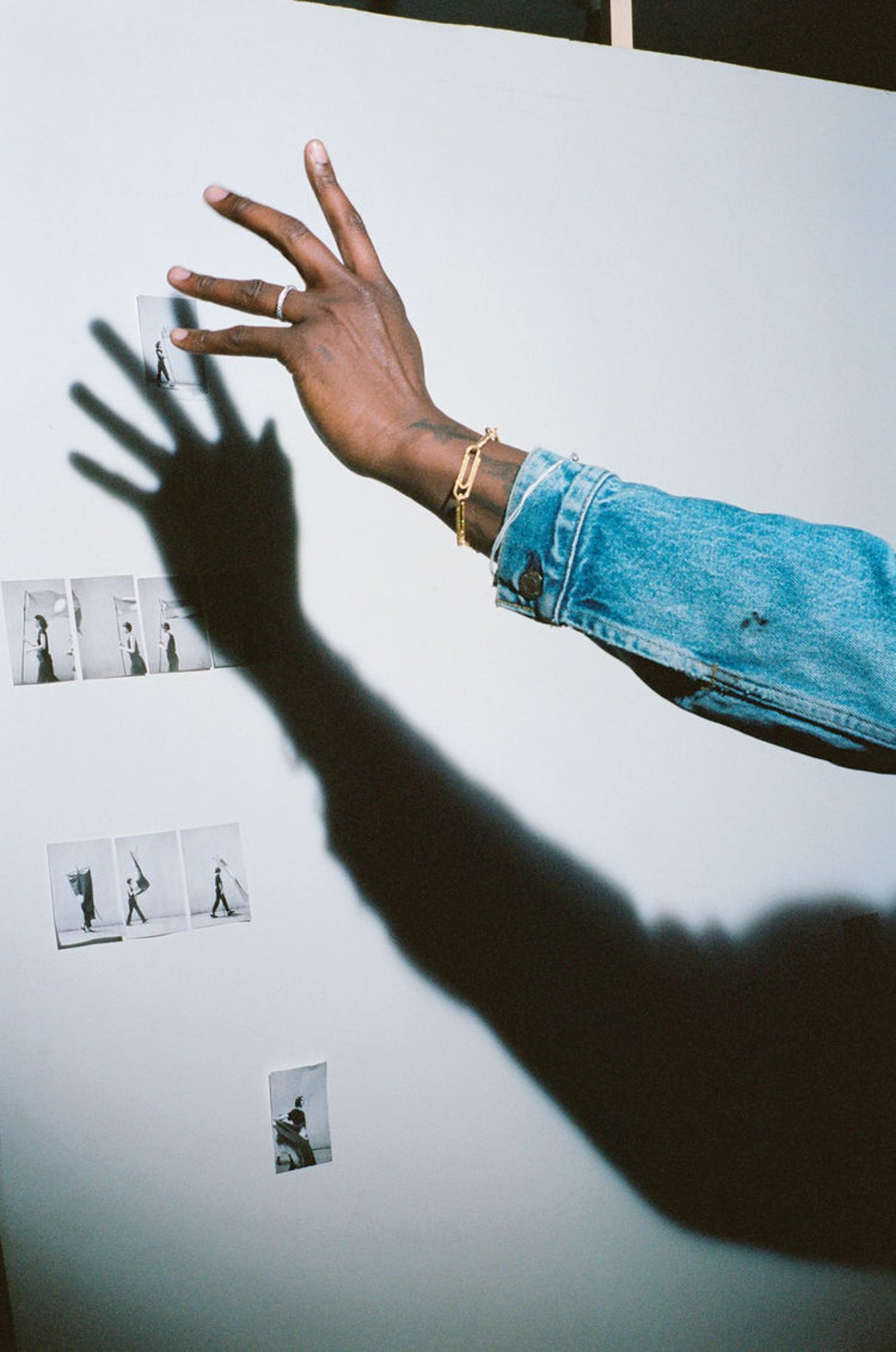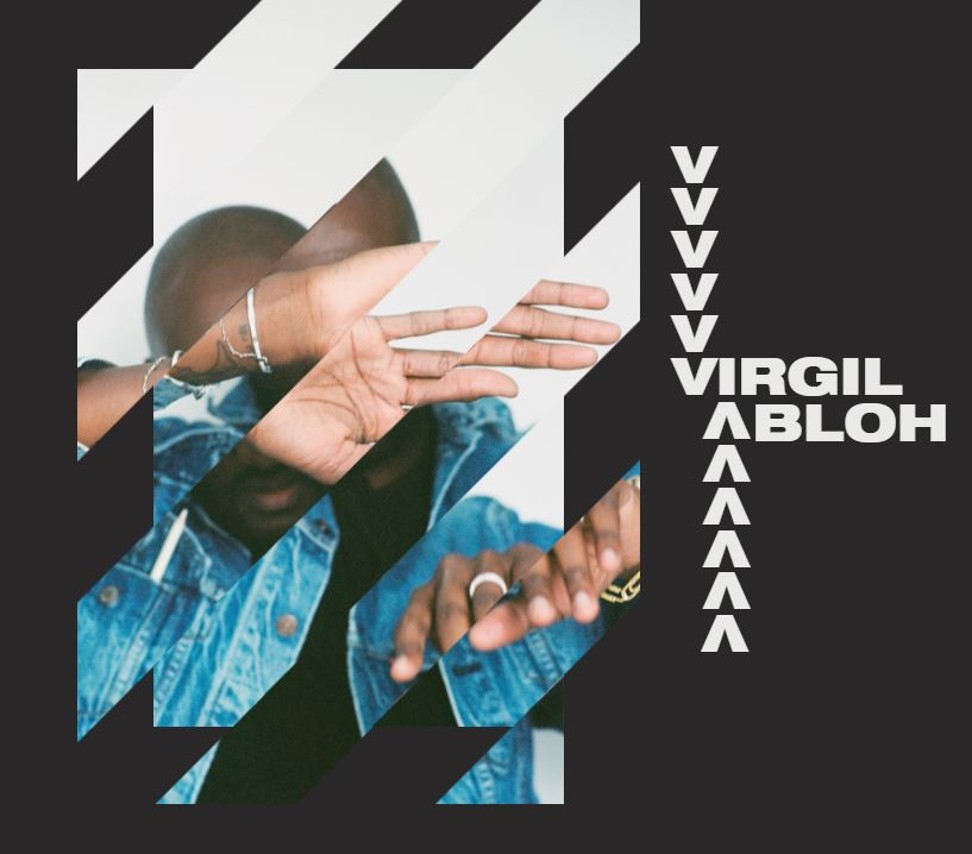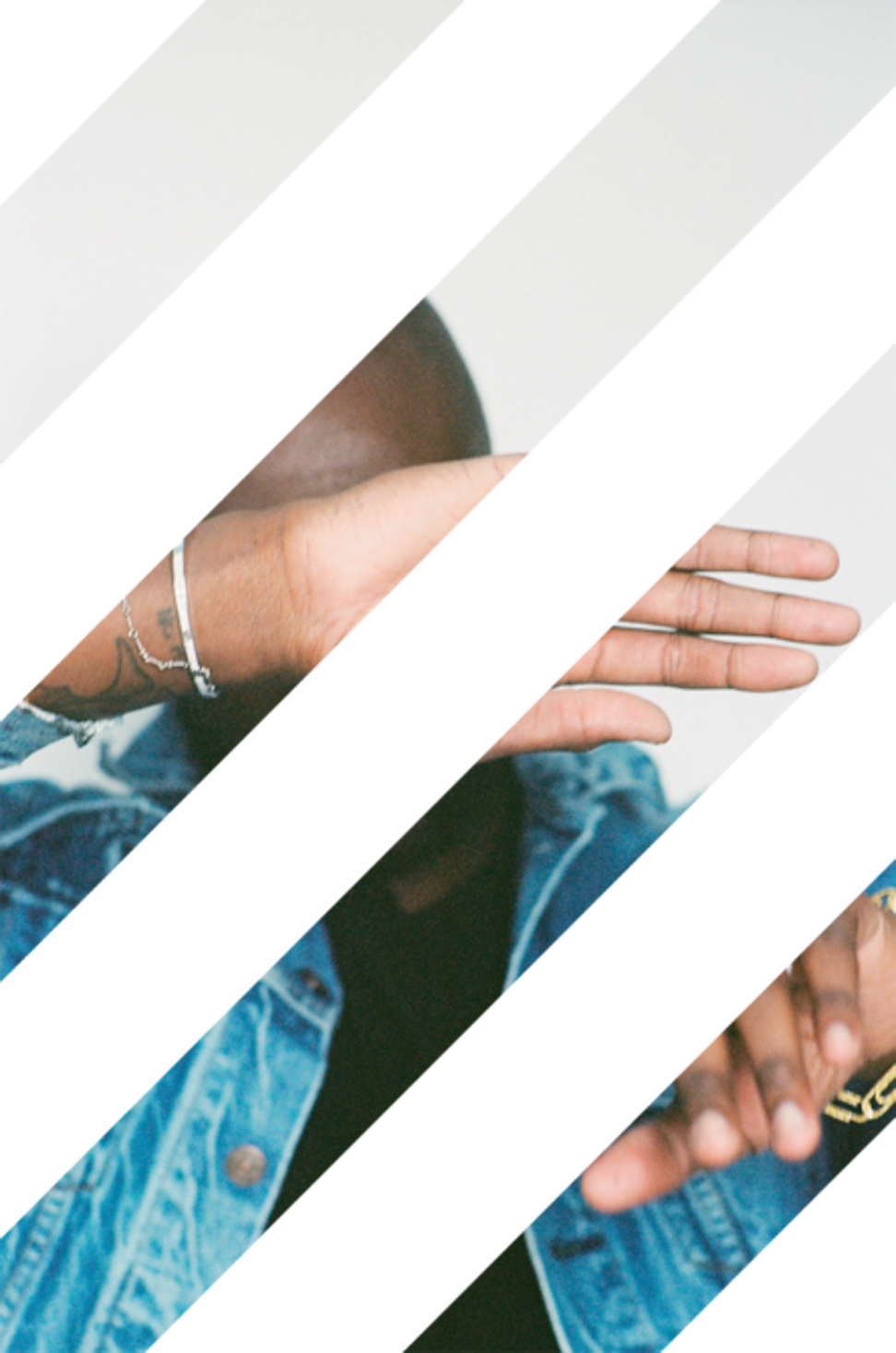
Virgil Abloh, Louis Vuitton’s fashion designer, is impossible to pigeon-hole
Fashion collaborator and founder of streetwear brand Off-White is always on-the-go – and aims to break down boundaries within industry
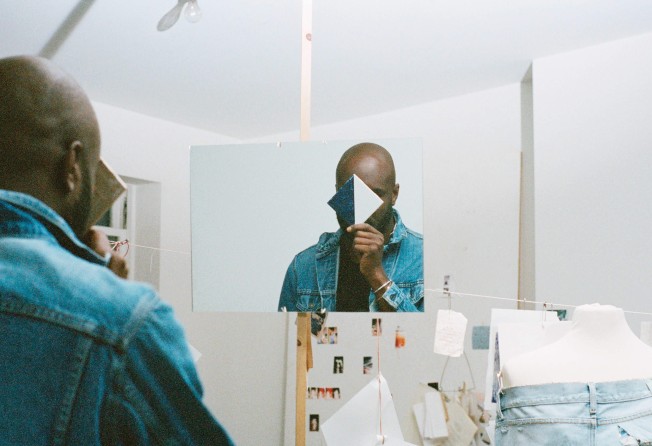
This article was written by Kevin Wong for HYPEBEAST.
I found it very difficult to approach writing this story about Virgil Abloh – someone so self-aware of his position in our culture, who delivers eloquent lectures, holds panel discussions that clearly outline his approach to design, and is able to describe his work in the context of pre-existing and current culture.
In plain words, fashion designer Abloh – founder of high-end streetwear brand Off-White and men’s artistic director of Louis Vuitton since March – is hyperconscious of all that he is doing and why it is effectively met with high praise.
With that said, let me share my experience of him.
Abloh was fully immersed, observing and inquiring. Shifting from designer and producer at the photo shoots to student and active participant.
The day I spent with him, in November, the tail end of his absolutely breakout 2017 year, was a jam-packed one.
It was the only day he was going to be in New York, and the day consisted of two separate location photo shoots, a private gallery visit, a bookstore visit, and a concert, which he DJ’ed.
Abloh had just arrived at the city’s John F. Kennedy International Airport that morning and was expected to leave the following afternoon – a quick peek at his Instagram stories and you can catch that this may be the most travelled man in the world at the moment – with his design studio in Paris, his “home” in Chicago, and his Off-White flagship stores in Tokyo, Hong Kong, New York and Singapore.
He travels so much, he has plans to create an installation that shows his flights just in 2017, via a red string on a map – “All you’d see is red”.
We cycled through different social settings, that otherwise may have begged for a change in attire, Abloh donned the same Supreme white T-shirt, washed Off-White jeans and his own Nike AF-1 collaborative trainers throughout.
As I followed him from location to location across New York, I observed that he was at the same time always present, but never truly there.
Constantly splitting his attention between his iPhone and what was in front of him, Abloh acted – and reacted – as if teetering upon this fine line of existence.
He was at once, conscious of the task/project at hand and the (very storied) players involved, but also detached from the reality of the situation.
I realised this served as an advantage to Abloh and his work because he could not overanalyse the situation, and this exemplifies his entire design ethos.
At his Harvard lecture, he explained his “3 per cent approach”, alongside his method of completing just 70 per cent of his projects before moving to the next project, allowing him to work on a million projects at once.
Throughout the day, I watch Abloh come in and out of engagement with photographers, stylists, public relations people, gallerist, friends, myself, so on and so forth.
Each time I asked Abloh a question, he would listen, acknowledge and respond to it, while concurrently carrying on his separate conversation on WhatsApp.
While this may seem to be counterintuitive to many, and borderline offensive to some, nothing can be said of Abloh’s actions because he always delivers, in every single situation – whether it be his collaborations with fashion designer’s Jimmy Choo – co-founder of his eponymous women’s shoes brand – or collection in conjunction with Swedish home furniture and accessories retailer Ikea – something unique and yet universally praised invariably comes from it.
After the photoshoots – which not coincidently both included him as a subject in it – we arrived at an abandoned, seemingly under-construction church, where, Abloh explained, he was interested in viewing an exhibit taking place on the top floor.
As we stepped into each art space, a single piece was placed into individual rooms of the church; Abloh was fully immersed, observing and inquiring. Shifting from designer and producer at the photoshoots to student and active participant.
Going from the chaos of a photo shoot to being shuffled through a gallery, to casually flipping through books, we made a quick pit stop to art bookstore Printed Matter, in search of a specific book by Abloh’s favourite artist, David Hammond.
After which, he finally admitted he needed to take a break and went back to the Mercer – his hotel of choice and the set the video “XO Tour Llif3, which he directed for American rapper Lil Uzi Vert.
The 8am to 5pm journey had me personally spent, just from observing – and until then, I realised, I had not seen Abloh eat or drink anything. I assumed he went for food and a nap, but who knows.
Fast-forward two hours, and I found myself in the green room of the New York Expo Centre, where Abloh was set to open for Travis Scott’s Halloween show.
By now, I was mentally checked out, I had seen all I needed to see of Abloh’s cutthroat-paced life, until I was faced with another revelation.
This one came in the form of two teenagers. As I was walking into the back entrance of the venue, two children showed up – they must have been no more than 15.
They were holding T-shirts and hoodies and trying to convince the security guard that Abloh had told them to come.
Through all [Virgil Abloh] has come to accomplish – all the wildly unfathomable collaborations and the expansion into couture fashion – he comes from our culture … And through his work, he is tirelessly looking to represent this culture, bringing light and legitimacy to streetwear
I bought their story as much as the guard did. Moments later, I headed back to the green room only to find Abloh had retrieved these teenagers; not only that, but eagerly introduced them to me, saying he had met them on Instagram, that they were special and needed to be seen – “This is Kevin, he is from HYPEBEAST, you guys need to meet. These kids are up next.”
With 3 per cent of his job done, he left and went onstage.
In the span of the 16 hours and five locations, and all that went on throughout that day, this was by far the most shocking, yet eye-opening and telling event that occurred.
At one instance I was pulled back into realising why I was doing all of this.
Abloh reminded me that the reason we needed to publish him for our 20th issue’s cover story as the seminal X-factor is because through all he has come to accomplish – all the wildly unfathomable collaborations and the expansion into couture fashion – he comes from our culture.
He comes from trainer line-ups, and comes from A Bathing Ape and Supreme. And through his work, he is tirelessly looking to represent this culture, bringing light and legitimacy to streetwear.
At the start of this story I thought, I’ll find out once and for all, what all fashion folk and hypebeasts alike are wondering – if Abloh is a hack of a designer and artist, or if he is a true genius that transcends what we can comprehend.
But as I went through it all, following him through his day, he was not this anomaly to figure out or prove for or against.
[Virgil Abloh] cannot be labelled an artist, designer, or a genius, and he does not look to be. He simply does what makes sense to him and what he believes is doing right for the people
He is not going to get placed because he is simply doing what makes sense.
He cannot be labelled an artist, designer, or a genius, and he does not look to be.
He simply does what makes sense to him and what he believes is doing right for the people.
He is not an artist because he is not necessarily doing things for himself – after all, art is selfish as they say.
It is apparent he is doing it for others and his eyes are fixed on the idea of the grander landscape of art and culture. He simply sees himself as a part of the streetwear community – the same community that we, and he grew up in.
And he truly believes, having witnessed this community grow, not only in breadth but also in depth, that it has become a movement of its own.
As I write this on my iPhone notes as a stream of consciousness, I listen back to Abloh saying Off-White is the first brand created solely on the iPhone. A brand he calls a concept more than a tangible thing. And I feel OK writing my cover story on my phone at this very moment, days before our deadline.
Abloh has kicked down this professional or proverbial door of needing to be the model of perfection, or of what is expected – because he knows what needs to be done and he knows himself, and is accepting of it.
The same way artists such as Jean-Michel Basquiat or Jackson Pollock reflected on current culture and presented it back to the world, Abloh is doing the same, and in many ways doing it better by masking it from potential debate.
He has landed this concept of streetwear and our – yes – our once niche culture into every realm.
Taking established brands that have stories and meaning such as Nike and Ikea, and updating them to be relevant now.
Connecting high and low, wearing a T-shirt and Jordans to his couture art show in Paris – and getting model Naomi Campbell, tennis player Roger Federer, fashion designer Kim Jones, rapper Drake and former basketball star Michael Jordan all sharing the same shoes.
From my correspondence with Abloh, I learned a few things – about myself.
When I asked him what qualifier comes closest to what he does at this moment, he explained that he is not any one thing, but simply an assistant to the people who came before him.
Abloh makes all of us treading through this cultural or creative field feel vindicated or justified – or OK with just loving what we love, doing what we do, and just being the sum of these parts rather than any one thing.
Moreover, Abloh’s actions and accomplishments have made it OK for me – a product of street
culture and this “streetwear” mentality – to be accepted.
Now, I can wear a hoody to a job interview.
First off, are you an artist or a designer? What do you call yourself?
More than anything, I feel like I'm a descendant of anyone from Kanye West to Pharrell Williams to [Jean-Michel] Basquiat or [Andy] Warhol.
I’m no one as the first statement. Second statement is, we’re part of a generation, a movement that goes beyond the website HYPEBEAST.
More than anything, I feel like I'm a descendant of anyone from Kanye West to Pharrell Williams to [artists Jean-Michel] Basquiat or [Andy] Warhol
Before, we were sort of documenting these products, there w[ere] the sex shops with Vivienne Westwood and Malcolm McLaren; it was NIGO and Hiroshi criss-crossing and sharing streetwear ideas.
You know I draw that line all the way back to the Renaissance, you know these art movements. Essentially I’m just an assistant to the people that came before me, trying to add to the design that goes forward for the next generation to continue.
I’m not anything, I’m just a creative. There [are] different words or boxes to put types of creativity into, which I’m not that preoccupied with. I’m only interested in making relevant ideas.
You speak extensively about your own work in lectures and discussion. Why do you find it necessary to do so?
It’s a design. Those lectures are systems to communicate an idea, and a lot of what I think is missing from our culture is discourse.
Whether it be critical, whether it be instructional or motivating. Whether it be “here’s how to actually do this, just don't be a consumer”. To me, it’s only better if this community of streetwear actually grows and is a foundation.
So it’s not me just a lone ranger exploring ideas, going out to achieve something for myself – that’s not interesting to me.
[The] only thing interesting to me is my own body of work, and work and creating, but as you said HYPEBEAST comments themselves are interesting, that sort of culture.
I don’t read any of them, but I can identify with that sense of critique humour and expressiveness that should dictate what the products will look like that are up top of those comments.
It’s a community, and I’m interested in that. I can see an image and already know what the comments are.
I want the larger fashion industry and ecosystem to not see us [streetwear] as this sort of fly-by-night, this sort of hyper-consumer – there is real discerning taste
To me that’s a valuable design skill. I could discount it, but I don’t like it; I think it’s our barometer if a T-shirt is worthy of being made or not. If a sneaker is actually adding to the culture.
Having your hands in both streetwear and couture, you have acted as this ‘bridge’ between high and low fashion. How do you see your effect on this?
I want the larger fashion industry and ecosystem to not see us as this sort of fly-by-night, this sort of hyper-consumer – there is real discerning taste.
There [are] kids in our community that know Helmut Lang collections by heart. There [are] kids with crazy archive collections and they also understand the camaraderie among themselves; they understand that true mix. My only contention was that there’s no designer that manifested that. There’s a lot now, which I think is great.
How has coming from streetwear affected your work until now?
It’s me, the same 17-year-old version of myself. Skating. Listening to rap music, Nirvana, Guns N’ Roses – I’m just older and I’ve made a profession out of it.
On one hand, it’s not work by any means. I’m just being a free-form creative, but it’s my life. It’s my creative expression.
In your own words, how is your work impacting [on] the culture most?
My project embedded at the core, I’d say, is humanity and education.
We can use design, we can use trends, we can use brands to share good ideas to share information.
So, that’s my main motivating factor, I just use it as proof.
Yeah, you can go to a job interview in a hoody, you shouldn’t be hired depending on whether you have the right costume or the right persona.
It’s all about personal expression – clothes are just tools to make a collage about yourself so that people can understand what you know.
I see ‘The Ten’ [Abloh’s Nike collaboration reimaging of 10 Nike icons] as the physical embodiment of this impact. Was there a strategy to this?
Zero strategy, it was just my phone. I always made it a point to be friends with a varied group of people. It was just a design conversation. Make something that was valuable. A shoe is a shoe, how can you know it’s going to bridge all these gaps?
You know someone who is obsessed with sneakers and someone that just literally doesn’t care. Crossing all boundaries of, “Is it streetwear? Is it high fashion? Is it for the young, the old?”.
For me, I’m thankful for the response, but that’s what I designed. That’s probably goal number one: make something that people cherish. We shouldn’t be making more shoes if they’re not different to me. They should have a reason for existing.
Other people in the past wanted to iterate on the Swoosh or mess with the Nike logo, but were not allowed to. Why do you think Nike felt you were the right person to remix their shoes in this way?
I think timing. A lot of people came before in a different era. This current era, there’s a lot more freedom. Kids on Instagram are Photoshopping checks backwards.
It’s just cultures moving, it’s been like that before now, we’re not the only ones to discover this. You can go either a punk route, which is just self-serving to the artist or you can go with “good will” and I took that approach.
We’re a niche culture of designers and … artists. The more we make collectively, and support and foster that, we’re going to see great works of art, great design, great collections again – if that community is fostered. One designer pushes another, one artist does an amazing show; you get this sort of synergy
My thing with all the edits to the Nike is just reinforcing the iconography or the principles of the brand. I was using it as a dialogue, Roger Federer hitting tennis balls in the Jordan that say his name on it, it’s like – Jordan is getting kicked out of the league because it’s just a style choice that’s against the rules. Or Andre Agassi wearing street clothes, to me it was a conscious “hey, I'm just turning the wheel back”, but the point is to underline Nike's innovation, what’s important to the brand and me as an outside designer.
I can choose to exalt or put down, and the idea was to exalt it onto a level and find new space. So, in the end there wasn’t any editing of my proposal, be it on the actual shoe or the Off-Campus concept.
The idea of streetwear or street culture, what is it in your mind?
It's a sort of camaraderie, it’s a collective, a community. It’s this sort of international community that never existed in such a cemented way.
We have this thing in social media that we can [use to] communicate and we are just a world of young people, no longer just a niche culture in one city of young people.
Therein lies, I think, some sort of new space. A kid in Tokyo and a kid in Kansas are essentially talking to each other.
We at HYPEBEAST see you delivering our culture somewhere, pushing it forward and breaking down walls. It feels like there will be a culmination to all this and [we] want to know what you think this will be?
I think we’re soon to be at that cusp. I’ve said this before, my idea is that all Rodeo Drive [the street in Beverly Hills, in California, fill of luxury goods stores] is updated, [New York’s] Madison Avenue has a storied history of brands, but this new era and style of design has given that as a background and you get this refreshed approach about design and culture, and those are inside the most storied brands.
I think we’re a niche culture of designers and I think we’re a new niche culture of artists.
The more we make collectively, and support and foster that, we’re going to see great works of art, great design, great collections again – if that community is fostered. One designer pushes another, one artist does an amazing show; you get this sort of synergy.
What is coming up next for you … that will be impacting [on] the culture in the future?
I've been focused on this, like streetwear might be an art movement that we just don’t know.
We might just be giving it the short end of the stick and called it a skate brand.
That’s what my work is focused on, not necessarily limiting myself to this way of thinking and having a dialogue of fashion, fashion history, but instead on how can we can make different product[s] across all realms.
I think Uber is a streetwear-type idea. To me, I often use “streetwear” as a shorthand terminology for being creative, but limited to memes. Almost ready-made memes. That’s how a lot of this culture started.
I often use ‘streetwear’ as a shorthand terminology for being creative, but limited to memes. Almost ready-made memes. That’s how a lot of this culture started … It’s not limited or degraded by this sort of youth obsession with a box logo T-shirt. It’s a way of thinking. We’re at the cusp of it – we’re only five years deep
That’s why I use “streetwear in quotes. It’s not limited or degraded by this sort of youth obsession with a box logo T-shirt. It’s a way of thinking. We’re at the cusp of it, we’re only five years deep.
Obviously the start was Dog Town Z-boys, here we have a shop, a skate shop – you can’t discount all the steps that got us here. NIGO developing BAPE to be a luxury brand and Nom De Guerre Prohibit – the list goes on.
That’s my ambition, to sort of project that into the next 10 years. Like, “Oh wow, he came from this school of thought”, this is what he was thinking, but now we have gallery shows and X Y Z, and there’s these things that came from this sort of ethos in culture.
So in a way, streetwear is already much more in terms of a concept and a movement …
Somebody just needs to take a pen and just draw a line 16 times and then it’s just confident in the movement, and then it can go further.
